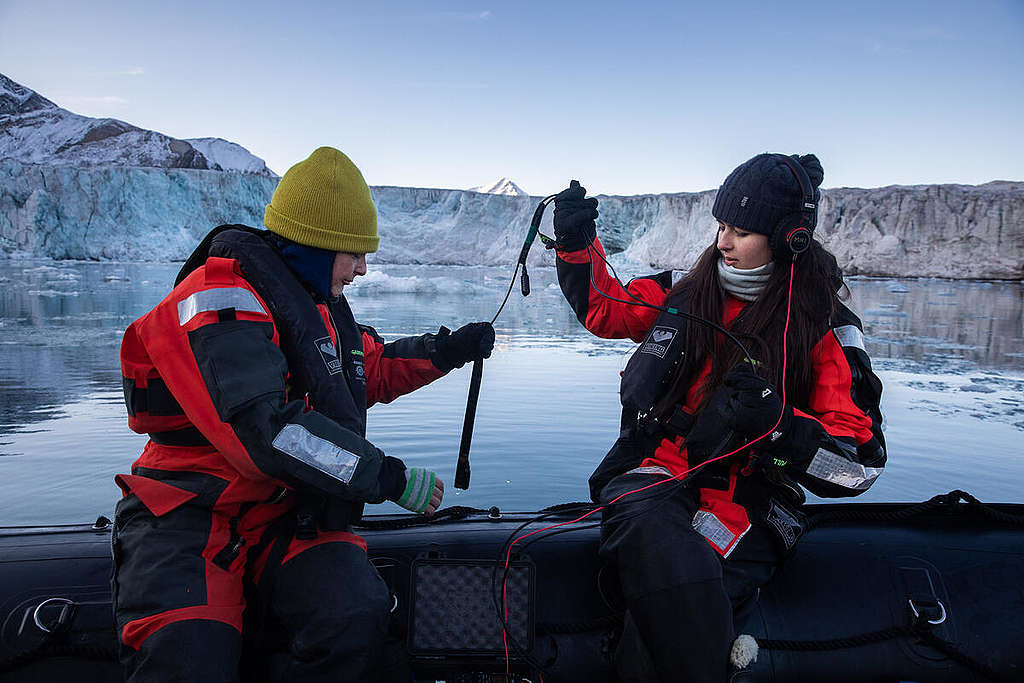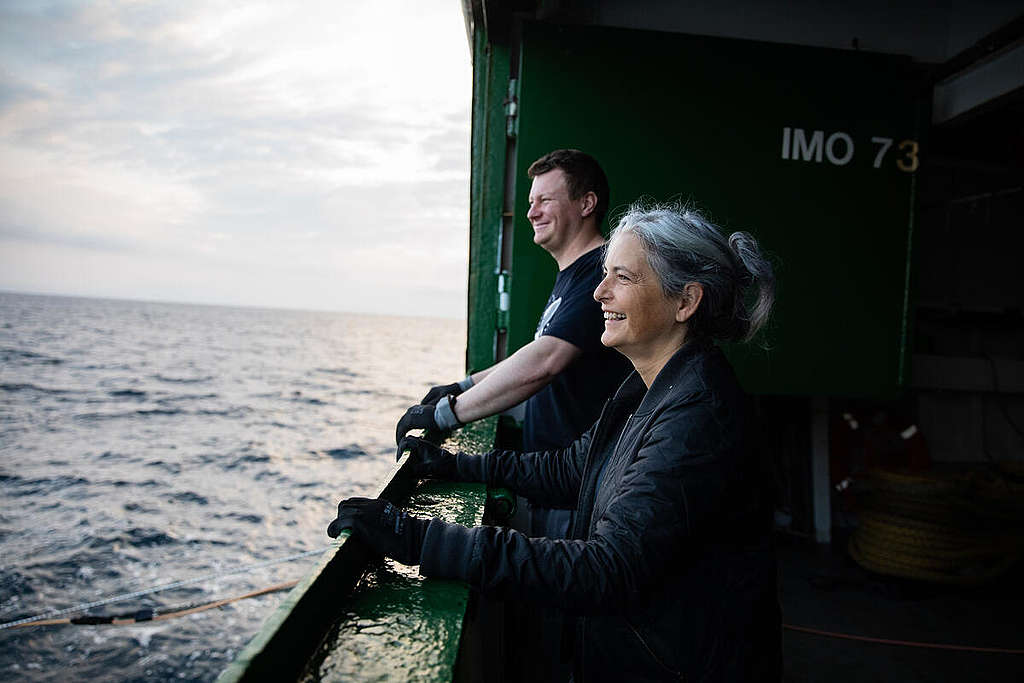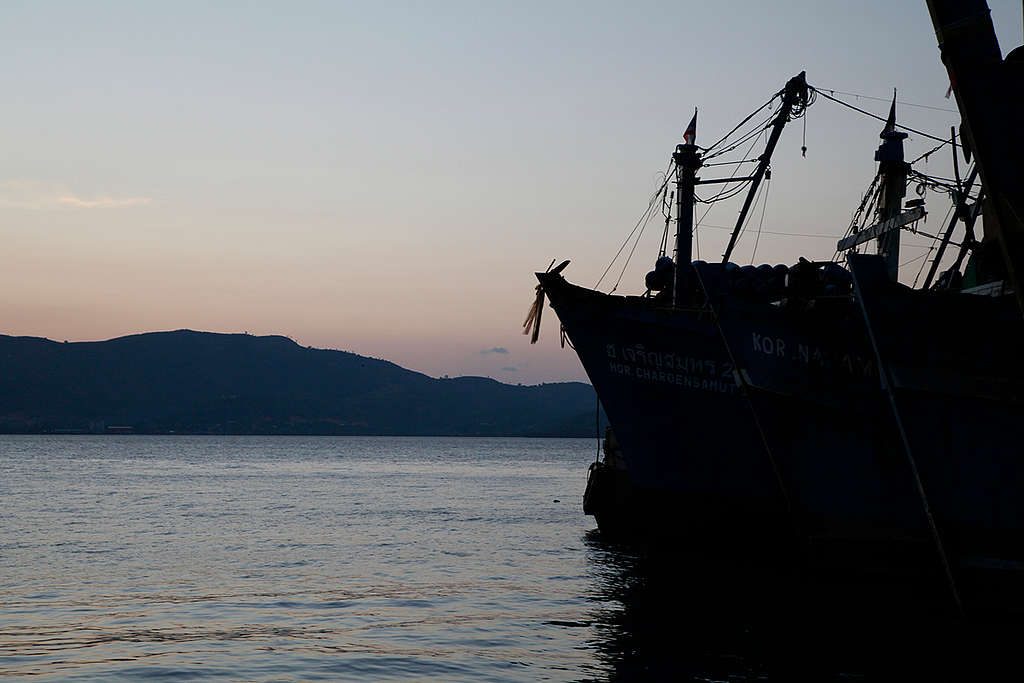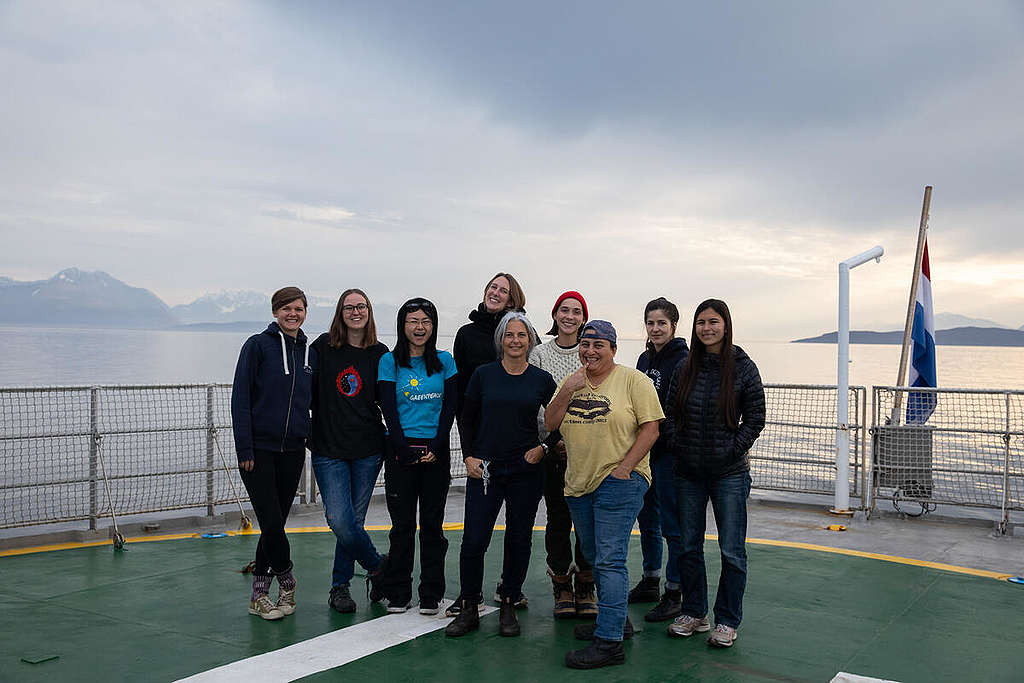Maria Jose Caballero
Today is the International Day of Women and Girls in Science, a day to highlight the gender inequality in the scientific sphere and to call for initiatives in which the role of women in science is visible and recognized, and thus creating references for girls, in order to push for real equality between women and men in the field. Of the researchers in the world, women represent less than 30%, and only 7% of 15-year-olds say they want to dedicate themselves to technical professions in the future.
The work of the women scientists at Greenpeace is fundamental for our campaigns, from climate change, the protection of the oceans, or studies in relation to COVID and biodiversity.

The COVID-19 pandemic has made us see more clearly than ever the close relationship that exists between biodiversity and our health. Using the same metaphor as world biodiversity expert Sandra Myrna Díaz (1), biodiversity is like a tapestry that is beginning to lose the threads and knots that weave it together. The knots in the tapestry (the necessary connections between the variety of species and habitats) are breaking down and increasing the proximity between people and viruses, exponentially increasing the probability of disease transmission from animals that act as virus vectors to humans. If nature continues to deteriorate (breaking knots in the tapestry), we increasingly put our own health in danger.
And to take care of biodiversity, you have to know it. In March, aboard the Arctic Sunrise, Kirsten Thompson, biologist and professor of ecology at the University of Exeter (UK), will lead an investigation in the Indian Ocean in a particularly interesting area: the Saya de Malha bank.

Saya de Malha Bank, part of the Mascarene Plateau located between Mauritius and Seychelles, constitutes one of the largest shallow tropical marine ecosystems on Earth. It is home to one of the few shallow water coral reef ecosystems in the high seas and contains the most extensive seagrass meadow in the world. Seagrass meadows are intense carbon sinks, sequestering carbon in their sediments and beyond the area they occupy. The banks provide feeding habitat for endangered green turtles and seabirds, while the deep surrounding waters provide breeding grounds for pygmy blue whales and sperm whales.

During the scientific expedition, Kirsten and a team will turn the Arctic Sunrise into an oceanographic ship that allows us to increase the scientific knowledge of the area. We’ll map the diversity of fish, sharks and whales in the area through environmental DNA sampling; through photography and film, we’ll study the underwater meadows and coral reefs. We will also carry out passive acoustic monitoring, visual observations and photo-identification of cetaceans in the area, particularly sperm whales.
Research is vital so that this area can be protected. And the ultimate goal that we set ourselves at Greenpeace is not just to protect a very valuable piece of sea, but the approval of a Global Ocean Treaty to protect 30% of the sea surface by 2030. We have to achieve it this year, because now is more important than ever. Taking care of the oceans, taking care of biodiversity, is also a natural vaccine against pandemics. This vital work is only possible with the full participation and empowerment of women and girls.

Maria Jose Caballero is the Lead campaigner onboard the Arctic Sunrise
- Argentine biologist Sandra Myrna Díaz received the Princess of
Asturias Award for Scientific Research in 2019 along with fellow
American biologist Joanne Chory. She is one of the main authors of the
IPBES report that in 2019 warned that more than a million species are in
danger of extinction.

No comments:
Post a Comment
Note: Only a member of this blog may post a comment.